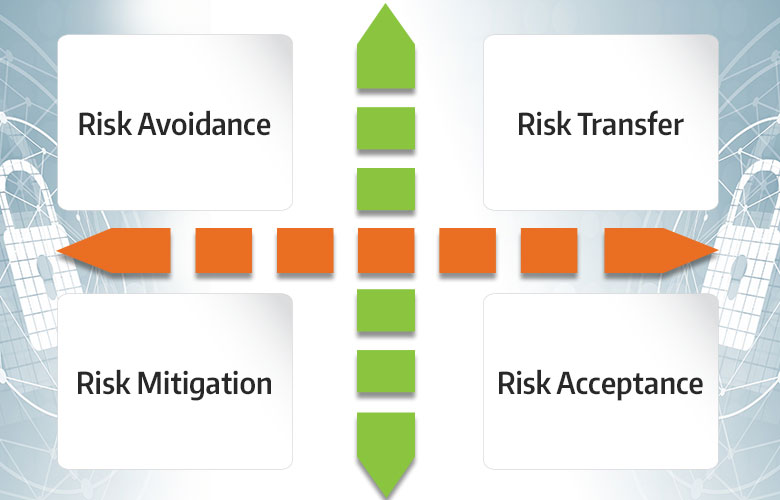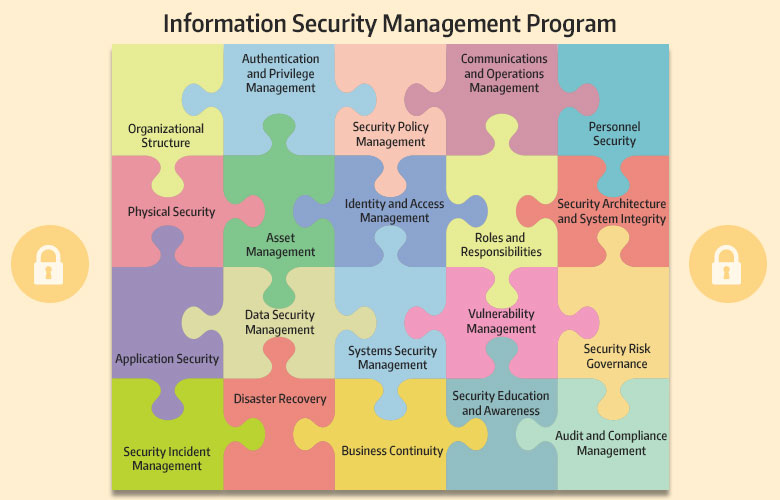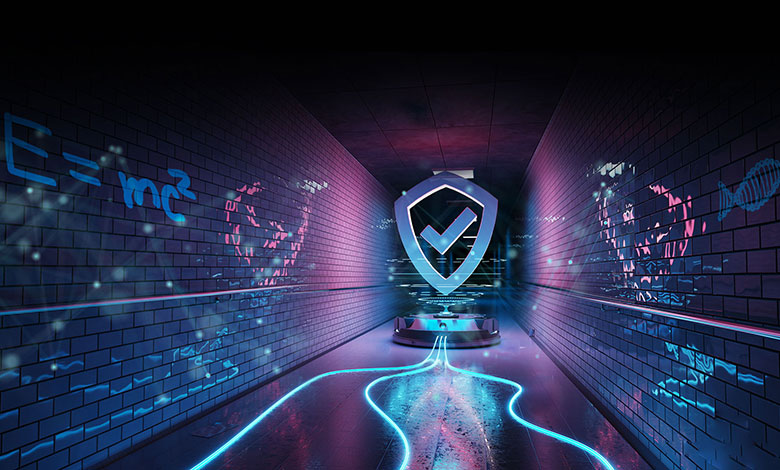As I reflect upon my 40 years as a cyber security professional, I think of the many instances where the basic tenets of cyber security—those we think have common understanding—require a lot of additional explanation. For example, what is a vulnerability assessment? If five cyber professionals are sitting around a table discussing this question, you will end up with seven or eight answers. One will say that a vulnerability assessment is vulnerability scanning only. Another will say an assessment is much bigger than scanning and addresses ethical hacking and internal security testing. Another will say that it is a passive review of policies and controls. All are correct in some form, but the answer really depends on the requirements or criteria you are trying to achieve. And it also depends on the skills and experience of the risk owner, auditor, or assessor. Is your head spinning yet? I know mine is! Hence the “three parts art.”
There is quite a bit of subjectivity in the cyber security business. One auditor will look at evidence and agree you are in compliance; another will say you are not. If you are going to protect sensitive information, do you encrypt it, obfuscate it, or segment it off and place it behind very tight identification and access controls before allowing users to access the data? Yes. As we advise our client base, it is essential that we have all the context necessary to make good risk-based decisions and recommendations.
Let’s talk about Connection’s artistic methodology. We start with a canvas that addresses the core components of cyber security: protection, detection, and reaction. By addressing each of these three pillars in a comprehensive way, we ensure that the full conversation around how people, process, and technology all work together to provide a comprehensive risk strategy is achieved.
Related: Cyber Security is Everyone’s Business
Protection:
People
Users understand threat and risk and know what role they play in the protection strategy. For example, if you see something, say something. Don’t let someone surf in behind you through a badge check entry. And don’t think about trying to shut off your end-point anti-virus or firewall. In today’s remote workforce environment, good employee security awareness, especially related to phishing is essential.
Process
Policy are established, documented, and socialized. For example, personal laptops should never be connected to the corporate network. Also, don’t send sensitive information to your personal email account so you can work from home.
Technology
Some examples of the barriers used to deter attackers and breaches are edge security with firewalls, intrusion detection and prevention, sandboxing, and advanced threat detection. Security leaders need to become a student of threat, and deploy the correct technology to protect, detect, and react to threat.
Detection:
The average mean time to identify an active incident in a network is 197 days. The mean time to contain an incident is 69 days.
People
Incident response teams need to be identified and trained, and all employees need to be trained on the concept of “if you see something, say something.” Detection is a proactive process.
Process
What happens when an alert occurs? Who sees it? What is the documented process for taking action?
Technology
What is in place to ensure you are detecting malicious activity? Is it configured to ignore noise and only alert you of a real event? Will it help you bring that 197-day mean time to detection way down?
Reaction:
People
What happens when an event occurs? Who responds? How do you recover? Does everyone understand their role? Do you War Game to ensure you are prepared WHEN an incident occurs?
Process
What is the documented process to reduce the Kill Chain—the mean time to detect and contain—from 69 days to 69 minutes? Do you have a Business Continuity and Disaster Recovery Plan to ensure the ability to react to a natural disaster, significant cyber breach such as ransomware, DDoS, or—dare I say it—a pandemic?
Technology
What cyber security consoles have been deployed that allow quick access to patch a system, changing firewall rules, adjusting ACLs, or policy setting at an end point, or track a security incident through the triage process?
All of these things are important to create a comprehensive InfoSec Program. The science is the technology that will help you build a layered, in-depth defense approach. The art is how to assess the threat, define and document the risk, and create a strategy that allows you to manage your cyber risk as it applies to your environment, users, systems, applications, data, customers, supply chain, third party support partners, and business process.

More Art – Are You a Risk Avoider or Risk Transference Expert?

A better way to state that is, “Do you avoid all risk responsibility, or do you give your risk responsibility to someone else?” Hint: I don’t believe in risk avoidance or risk transference.
Yes, there is an art to risk management. There is also science if you use, for example, The Carnegie Mellon risk tools. But a good risk owner and manager documents risk, prioritizes it by risk criticality, turns it into a risk register or roadmap plan, remediates what is necessary, and accepts what is reasonable from a business and cyber security perspective. Oh, by the way, those same five cyber security professional we talked about earlier, they have 17 definitions of risk.
As we wrap up this conversation, let’s talk about the importance of selecting a risk framework. It’s kind of like going to a baseball game and recognizing the program helps you know the players and the stats. What framework will you pick? Do you paint in watercolors or oils? Are you a National Institute of Standards (NIST) artist, an Internal Standards Organization artist, or have you developed your own framework like the Nardone puzzle chart? I developed this several years ago when I was the CTO/CSO of the Commonwealth of Massachusetts. It has been artistically enhanced over the years to incorporate more security components, but it is loosely coupled on the NIST 800-53 and ISO 27001 standards.

When it comes to selecting a security framework as a CISO, I lean towards the NIST Cyber Security Framework (CSF) pictured below. This framework is comprehensive and provides a scoring model that allows risk owners to measure and target what risk level they believe they need to achieve based on their business model, threat profile, and risk tolerance. It has five functional focus areas. The ISO 27001 framework is also a very solid and frequently used model. Both of these frameworks can result in a Certificate of Attestation demonstrating adherence to the standard. Many commercial corporations do an annual ISO 27001 assessment for that very reason. More and more are leaning towards the NIST CSF, especially commercial corporations doing work with the government. Keep in mind that frameworks mature, and compliance requirements change. For example, if you are a commercial corporation doing business with the federal government, you will need to comply with the new Cyber Security Model Certification (CMMC) soon to continue doing business with the government.

As I reflect upon my 40 years as a cyber security professional, I think of the many instances where the basic tenets of cyber security—those we think have common understanding—require a lot of additional explanation. For example, what is a vulnerability assessment? If five cyber professionals are sitting around a table discussing this question, you will end up with seven or eight answers. One will say that a vulnerability assessment is vulnerability scanning only. Another will say an assessment is much bigger than scanning and addresses ethical hacking and internal security testing. Another will say that it is a passive review of policies and controls. All are correct in some form, but the answer really depends on the requirements or criteria you are trying to achieve. And it also depends on the skills and experience of the risk owner, auditor, or assessor. Is your head spinning yet? I know mine is! Hence the “three parts art.”


One thought on “Cyber Security: Three Parts Art, One Part Science”
Quite a few seriously very advantageous information on this blog, way too It is my opinion the structure includes
amazing features.
Comments are closed.